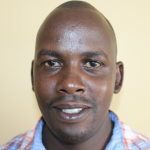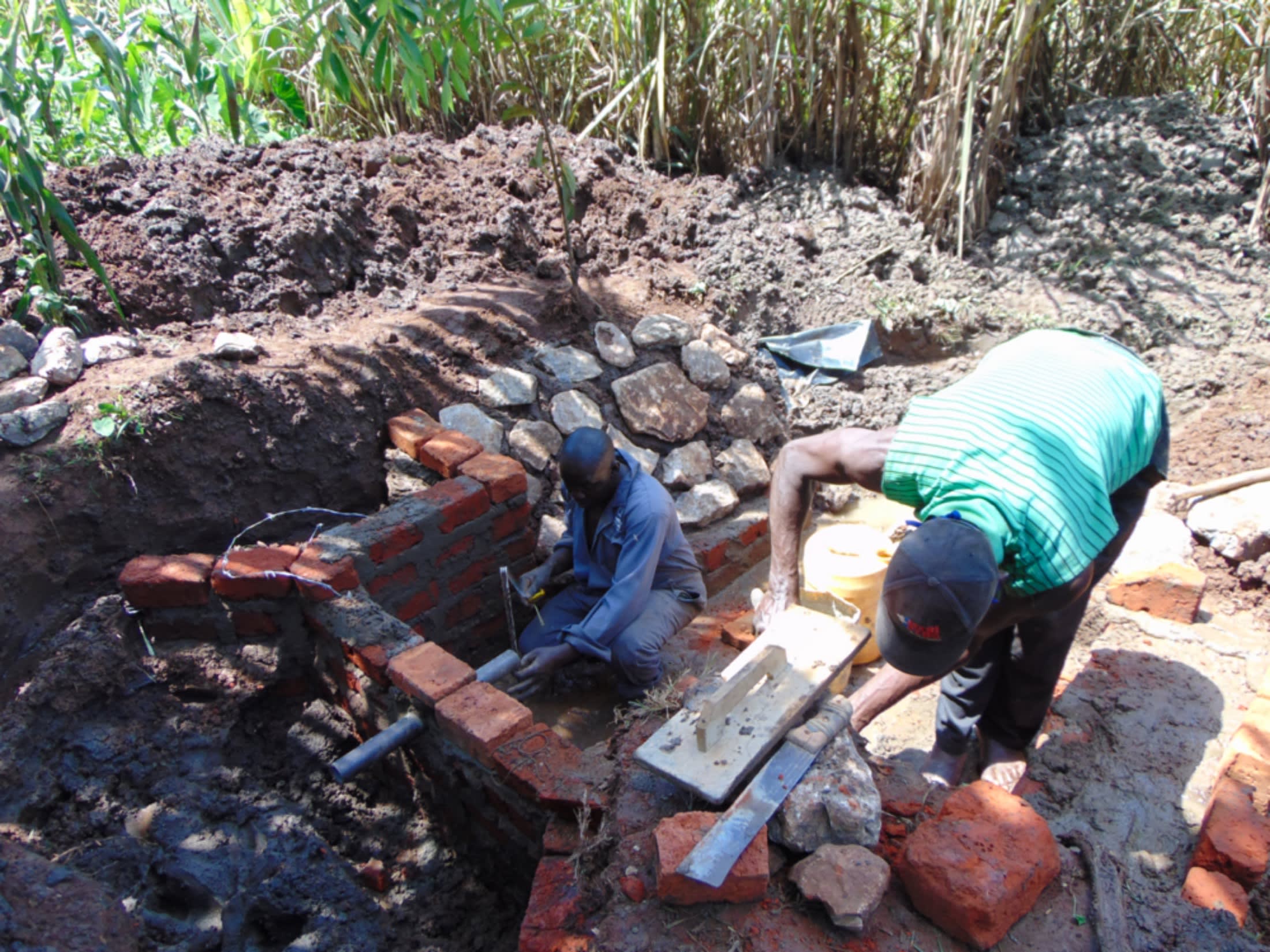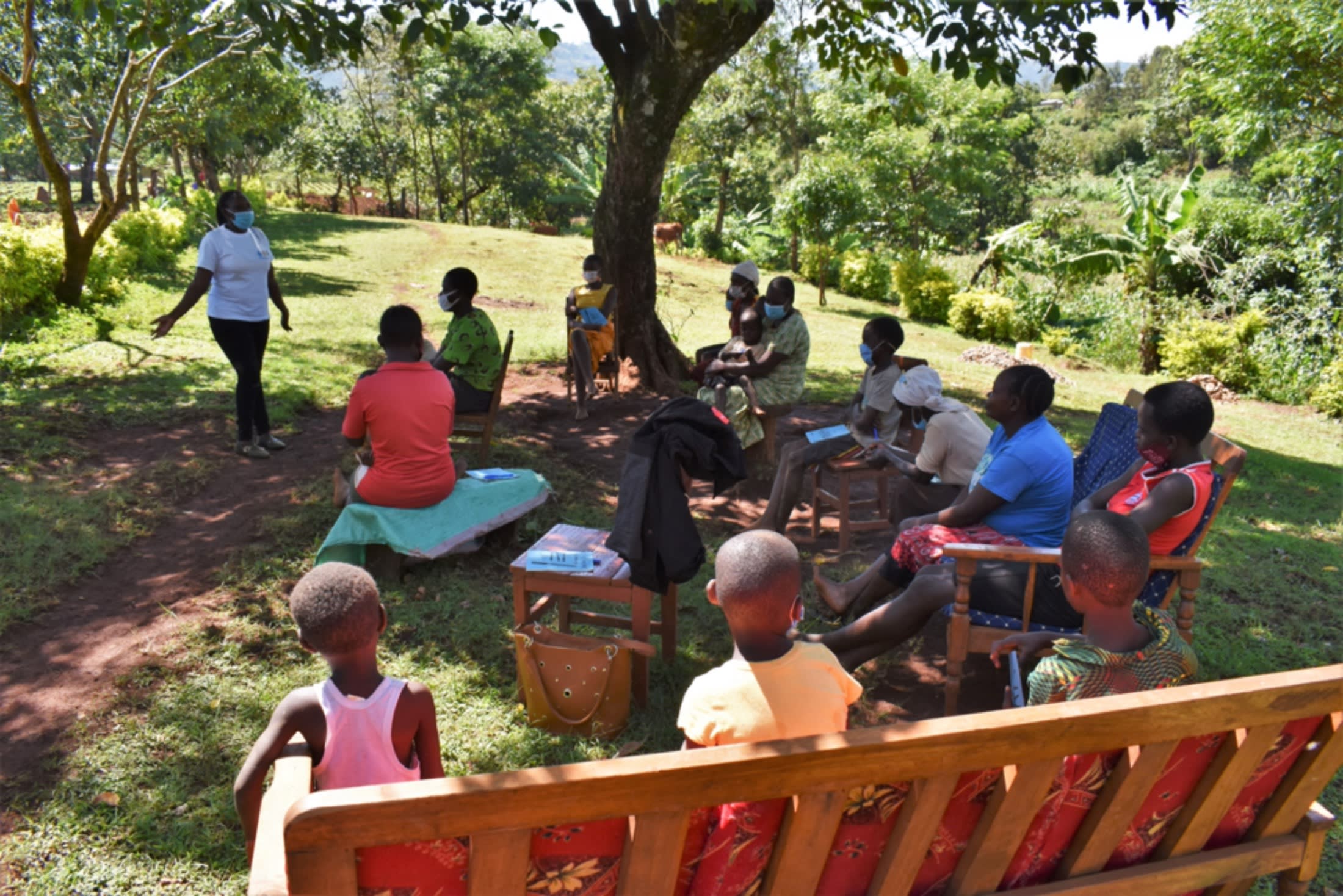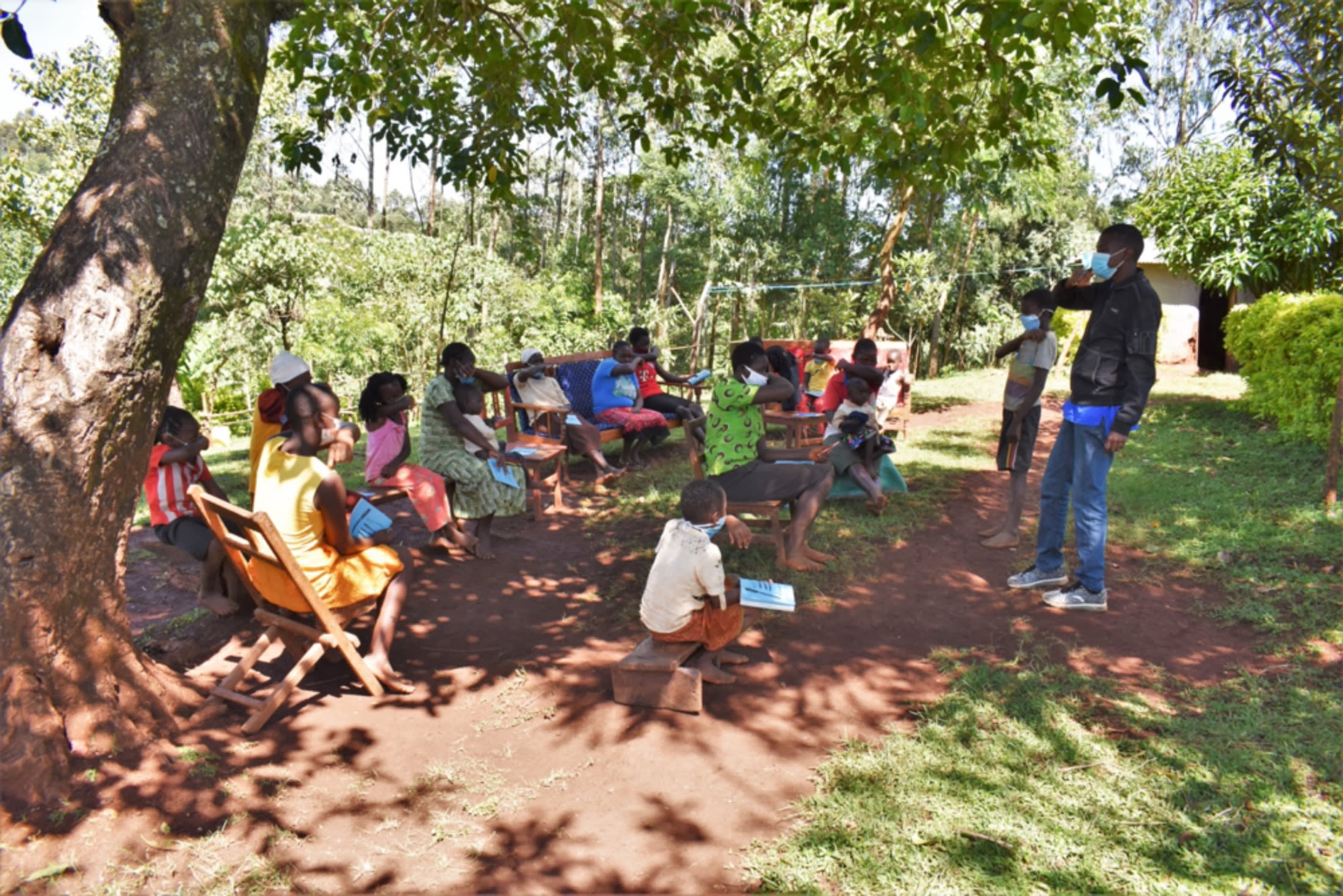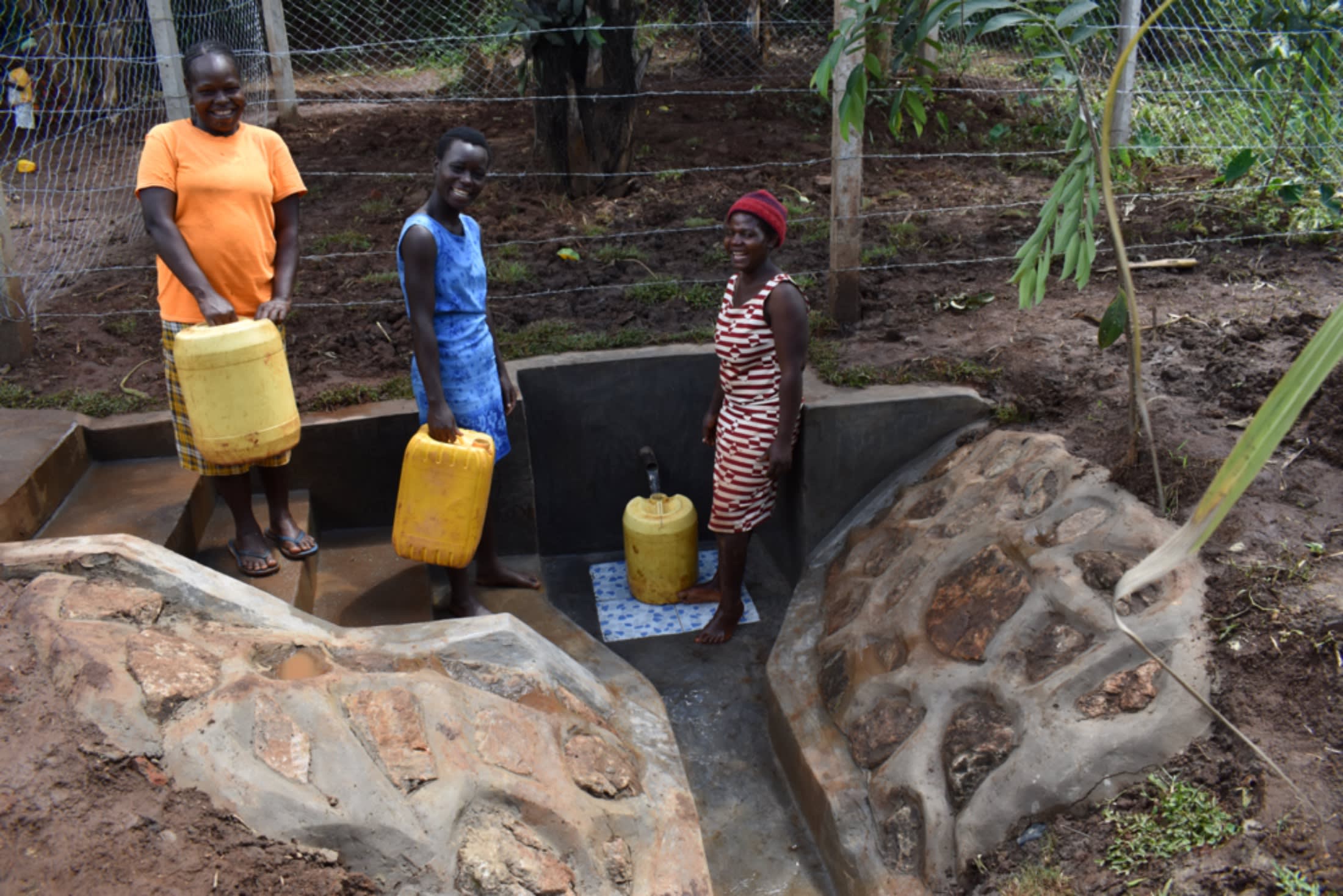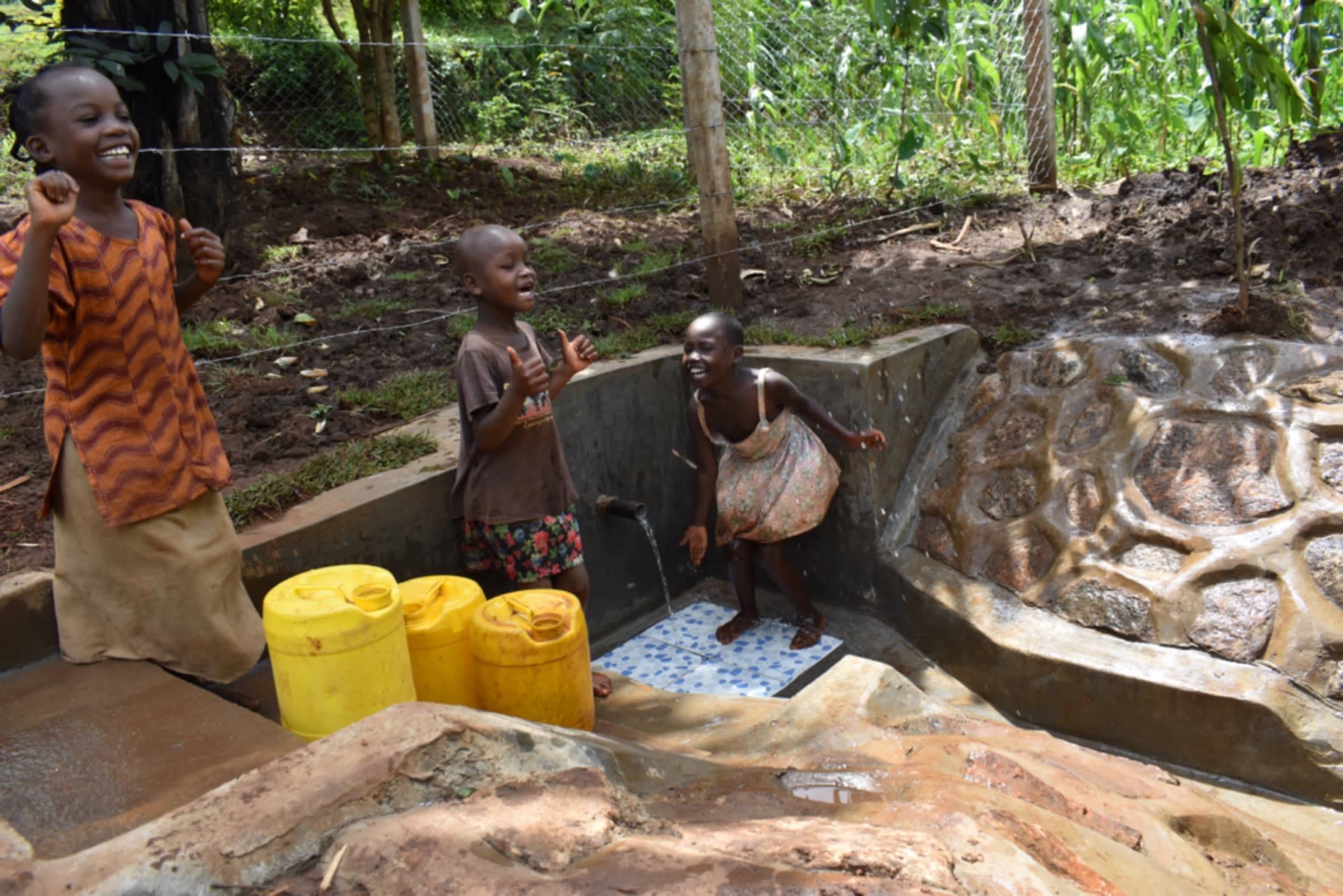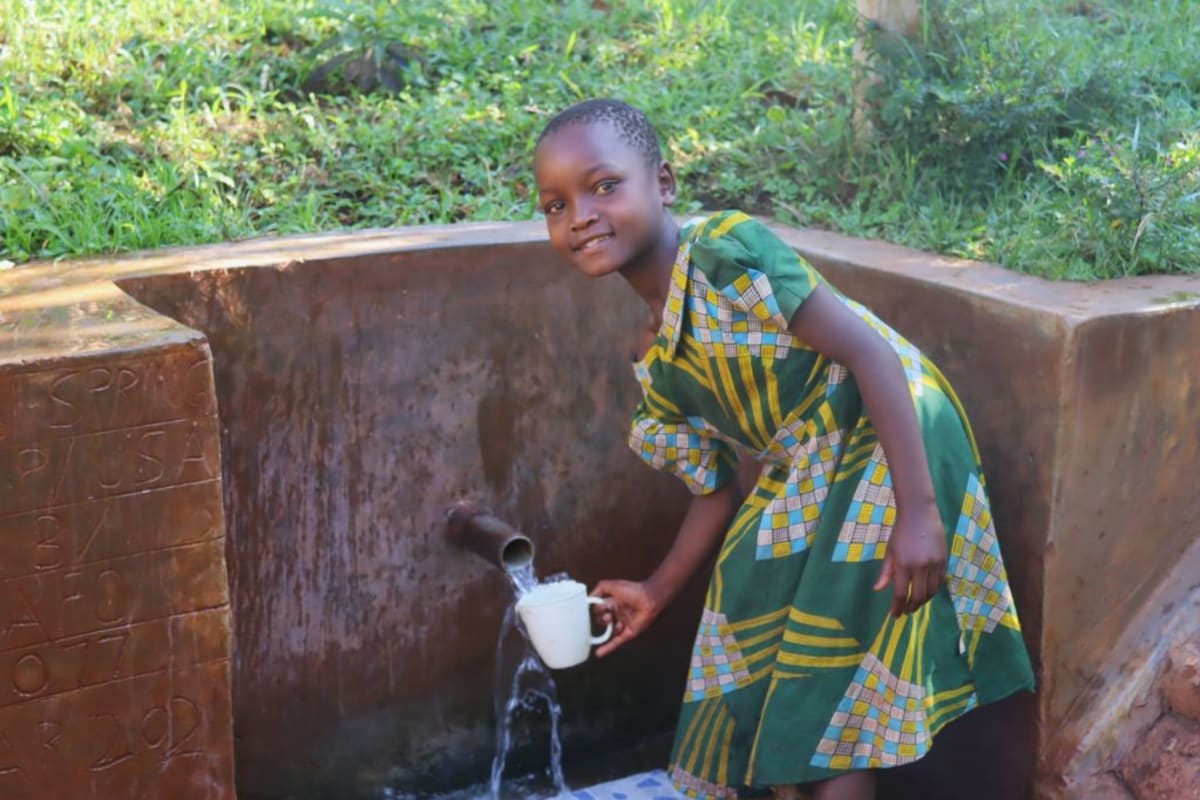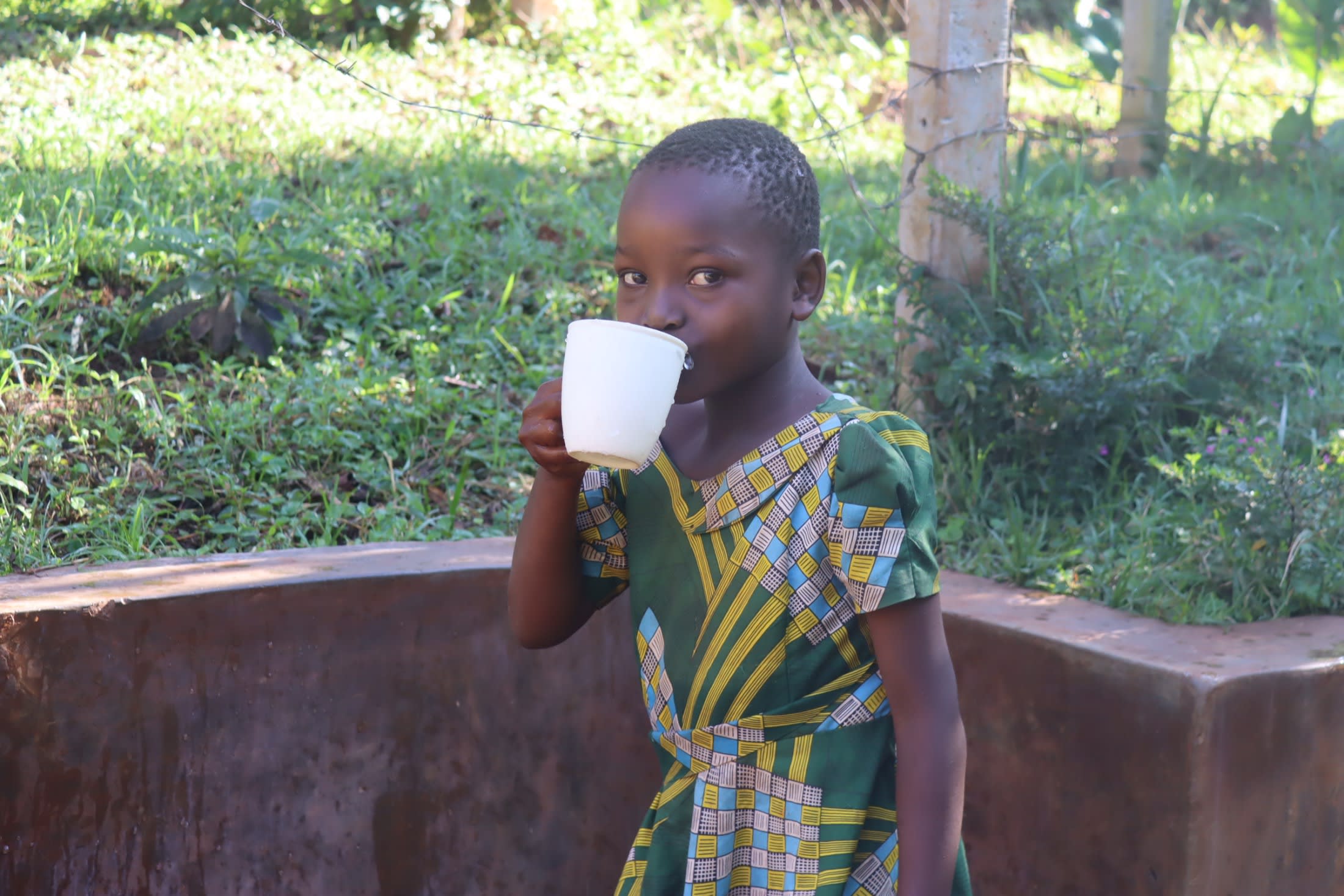Serving 105 community members in Chimoroni, Ezekiel Mmasi Spring is found deep in the rural areas of Malava sub-county. The roads here are passable only during the dry season. People living here farm for a living, but they are challenged with their small parcels of land due to land fragmentation. This makes it hard for families to meet even their basic needs because they have not advanced in agriculture.
As a result, some people seek casual labor jobs each morning such as weeding or harvesting and loading harvested sugarcane into tractors, ferrying it to the local factory, to make ends meet. Still others head to the large River Iskhu to harvest sand and fish for their living. Most homes here are mud-walled and roofed with grass hatching.
With no other source of nearby drinking water, families here have no choice but to consume the highly contaminated water from the unprotected spring.
"As I stepped onto an off-cut (log) used in drawing water, I saw frogs jumping up and down. And at one corner of the spring, floating there was a rotten seed of a mango. Besides that, the water source was full of dirt and green algae. I, personally, will not drink the water from this water source unless something more is done," recorded Field Officer Jonathan Mutai upon visiting Ezekiel Mmasi Spring for evaluation.
Animals drink directly from the spring, and runoff from the rains carry dirt, animal waste, and farm chemicals directly into the pool where people fetch water. To fetch the water, people must gently part the algae, trying not to stir up any muck from the bottom, and submerge their jerrycans into the water. This also brings any dirt and bacteria from their hands and containers into the water. Women and children have to wake up very early each morning to go fetch water before commencing any other activities in an effort to fetch the cleanest water possible. Still, they know the water is unsafe for drinking.
"For us, we have a great challenge using this water point because, after fetching water, you have to filter it using a clean piece of cloth which is so tedious," explained Florence Were Munandi.
Accessing the spring is not easy. Community members placed several off-cuts, or pieces of wood, across the spring's edges to help them perch while fetching water. Still, it is a tricky and slippery place difficult to balance on, especially for children, the elderly, and women who are pregnant.
"The water point is very risky to children like me because, for us, we have to strain in order to reach or collect water. More so, the green algae is a great challenge to us because you have to be careful so as not to collect it in the process. At times, it almost covers the entire water source," said young Shaline.
Even sieving the water for algae and other particles does not prevent its contamination. The dirty spring water puts community members at risk of contracting waterborne diseases, which are expensive to treat and prevent them from other productive work while they recover.
What We Can Do:
Spring Protection
Protecting the spring will help provide access to cleaner and safer water and reduce the time people have to spend to fetch it. Construction will keep surface runoff and other contaminants out of the water. With the community’s high involvement in the process, there should be a good sense of responsibility and ownership for the new clean water source.
Fetching water is a task predominantly carried out by women and young girls. Protecting the spring and offering training and support will, therefore, help empower the female members of the community by freeing up more of their time and energy to engage and invest in income-generating activities and their education.
Training on Health, Hygiene, COVID-19, and More
To hold trainings during the pandemic, we work closely with both community leaders and the local government to approve small groups to attend training. We ask community leaders to invite a select yet representative group of people to attend training who will then act as ambassadors to the rest of the community to share what they learn. We also communicate our expectations of physical distancing and wearing masks for all who choose to attend.
The training will focus on improved hygiene, health, and sanitation habits in this community. We will also have a dedicated session on COVID-19 symptoms, transmission routes, and prevention best practices.
With the community’s input, we will identify key leverage points where they can alter their practices at the personal, household, and community levels to affect change. This training will help to ensure participants have the knowledge they need about healthy practices and their importance to make the most of their water point as soon as water is flowing.
Our team of facilitators will use a variety of methods to train community members. Some of these methods include participatory hygiene and sanitation transformation, asset-based community development, group discussions, handouts, and demonstrations at the spring.
One of the most important issues we plan to cover is the handling, storage, and treatment of water. Having a clean water source will be extremely helpful, but it is useless if water gets contaminated by the time it is consumed. We and the community strongly believe that all of these components will work together to improve living standards here, which will help to unlock the potential for these community members to live better, healthier lives.
We will then conduct a small series of follow-up trainings before transitioning to our regularly scheduled support visits throughout the year.
Training will result in the formation of a water user committee, elected by their peers, that will oversee the operations and maintenance of the spring. The committee will enforce proper behavior around the spring and delegate tasks that will help preserve the site, such as building a fence and digging proper drainage channels. The fence will keep out destructive animals and unwanted waste, and the drainage will keep the area’s mosquito population at a minimum.

 Protected Spring
Protected Spring
 Rehabilitation Project
Rehabilitation Project









